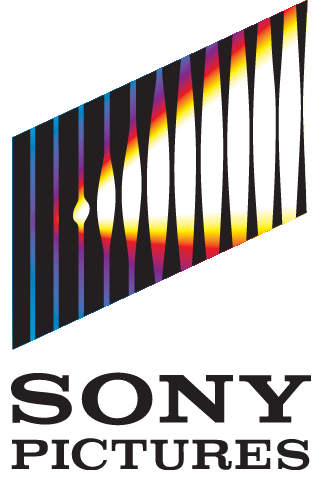The United States Patent and Trademark Office (USPTO) today granted a new patent (via Apple Insider) to Apple Inc which will turn your iPads and Iphones into remote displays for your Apple TV. The patent also talks about Mirroring.
The new patent, titled “Displaying a synchronized instance of content on a portable electronic device,” lets iPhone or iPad owners view an Internet video stream synchronized to an identical stream, which is playing on a fixed position device (for example Apple TV).
Apart from this, the patent also talks about a mirroring technique which mirrors the display from an Apple TV to a different iOS device.
As per Apple’s abstract, a selection of streaming content that is being displayed on a fixed display system is received by the portable electronic device. The portable electronic device then determines if the portable electronic device is compatible with the streaming content being received by the fixed display system. If the portable electronic device is compatible with the streaming content, then the portable electronic device requests the synchronized instance of the streaming content and displays it.
A fixed display system may be a device such as a set-top box, network-enabled DVD player, an Apple TV, a Google TV, a Roku Streaming Player, a digital video recorder (DVR), a video game console (such as an Xbox 360), a network-enabled digital video disk (DVD) player, and/or any other device that is capable of receiving streaming content and communicating the streaming content to a separate display device (such as a television set or monitor) for display.
The viewer then selects the content stream and the portable electronic device requests information about the content stream from the fixed display system. The fixed display system then responds with information about the content stream. The information may include, but is not limited to, the source of the content stream (e.g., Netflix), the name of the content (e.g., a unique identifier for the movie being played), and a timestamp related to the current position in the content stream. Note that in some embodiments, the portable electronic device may use a service discovery protocol to obtain some or all of the information about the content stream prior to the selection of the content stream by the user.
The portable electronic device receives the selection of the content stream from the user and determines if it can access a synchronized version of the content stream directly from the source (e.g., Netflix). This process may involve steps such as determining if the portable device has (or has access to) any applications or other software that may be required to play the content, checking connectivity to the Internet, and determining if the portable electronic device has access to a valid user account to access the content. Then, if the portable electronic device determines that it can play the content stream, it requests a synchronized content stream from the content source.
If the portable electronic device determines that it cannot request and receive the synchronized content stream from the content source (e.g., Netflix), for example, because the user does not have a Netflix account or the portable electronic device does not have the necessary application(s), then the portable electronic device may request a synchronized instance of the content stream from the fixed display system based on mirroring. When requesting the synchronized mirrored instance of content stream from the fixed display system, the portable electronic device may also notify the fixed display system of the resolution of the display on the portable electronic device. The fixed display system then generates a mirror image of the content stream being displayed on the fixed display and begins streaming the mirrored content stream to the portable electronic device.
The patent has credited Devrim Varoglu and Swapnil R. Dave as its inventors.
The Tech Portal is published by Blue Box Media Private Limited. Our investors have no influence over our reporting. Read our full Ownership and Funding Disclosure →







